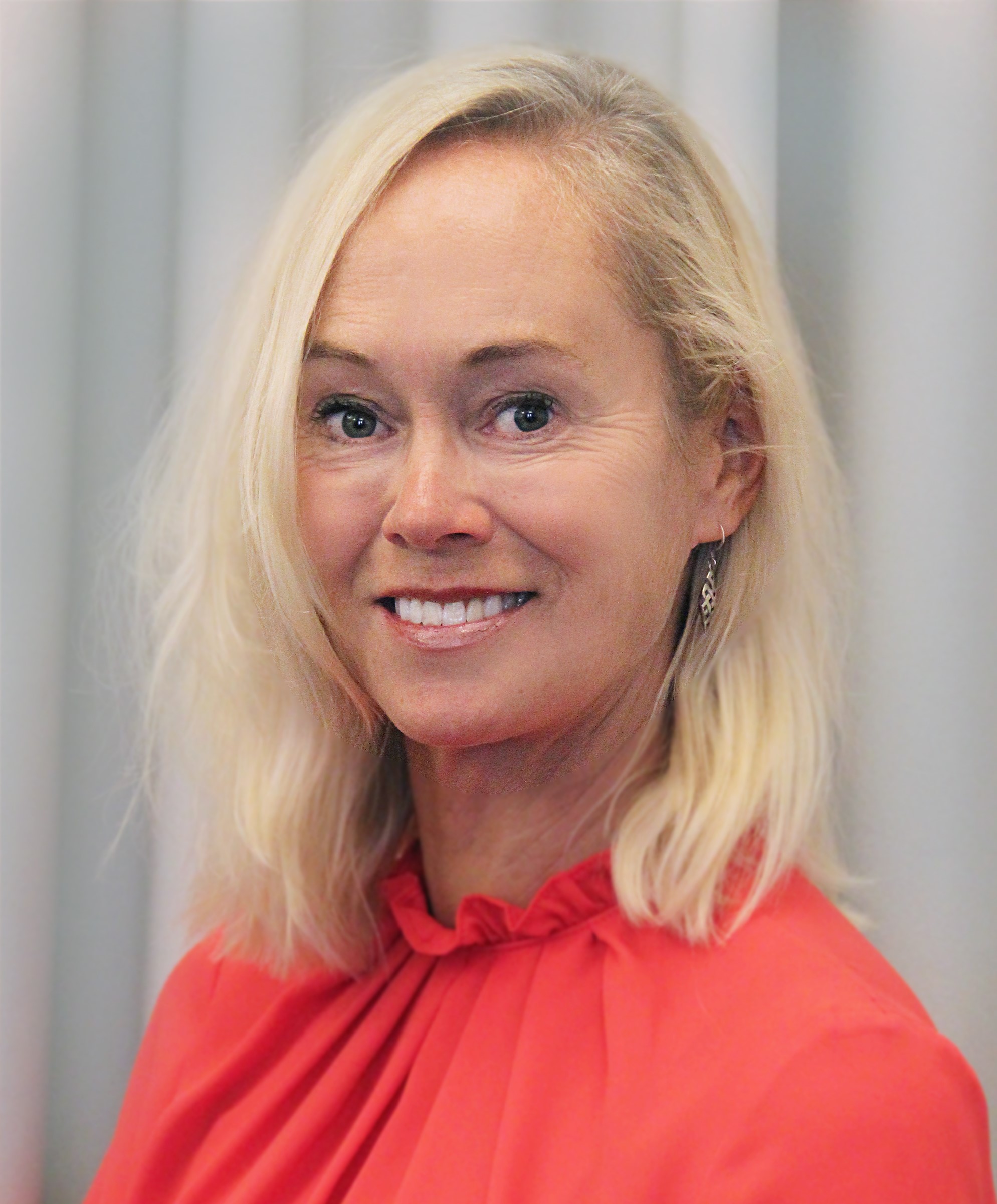PERSPECTIVES
Traditional methods for quality testing of water bodies are often slow and expensive, which limits the frequency at which these tests can be performed, often leading to late detection or complete oversight of water pollution. This delay can result in severe environmental damage and costly remediation efforts.
This research introduces an autonomous system that uses a drone to collect water samples from multiple water bodies within a 10km radius at conditionally predetermined intervals and transport them to portable analytical labs for frequent, cost-effective, and autonomous water testing, and analysis.
This project specifically addresses the development of an autonomous analytical lab, where tests are conducted to analyze four indicators which characterize water quality. If the results exceed the specified regulatory threshold level (RTL) set by the user, an alert is activated.
The study explores a process that conducts quick statistical analysis of the four indicators to assess the probability of pollution of the water body. If pollution is detected, the system recommends conducting further tests in a traditional lab to determine the specific nature of the contamination.
This is how I came up with the idea for this project:AUV program is a unique class where senior class students guide younger students on how to conduct research with a social and environmental impact. I live near a severely polluted water stream, so I naturally chose the topic of preventing or minimizing water pollution using a drone.

Programme manager ania.andersch@siwi.org +46 8 121 360 59